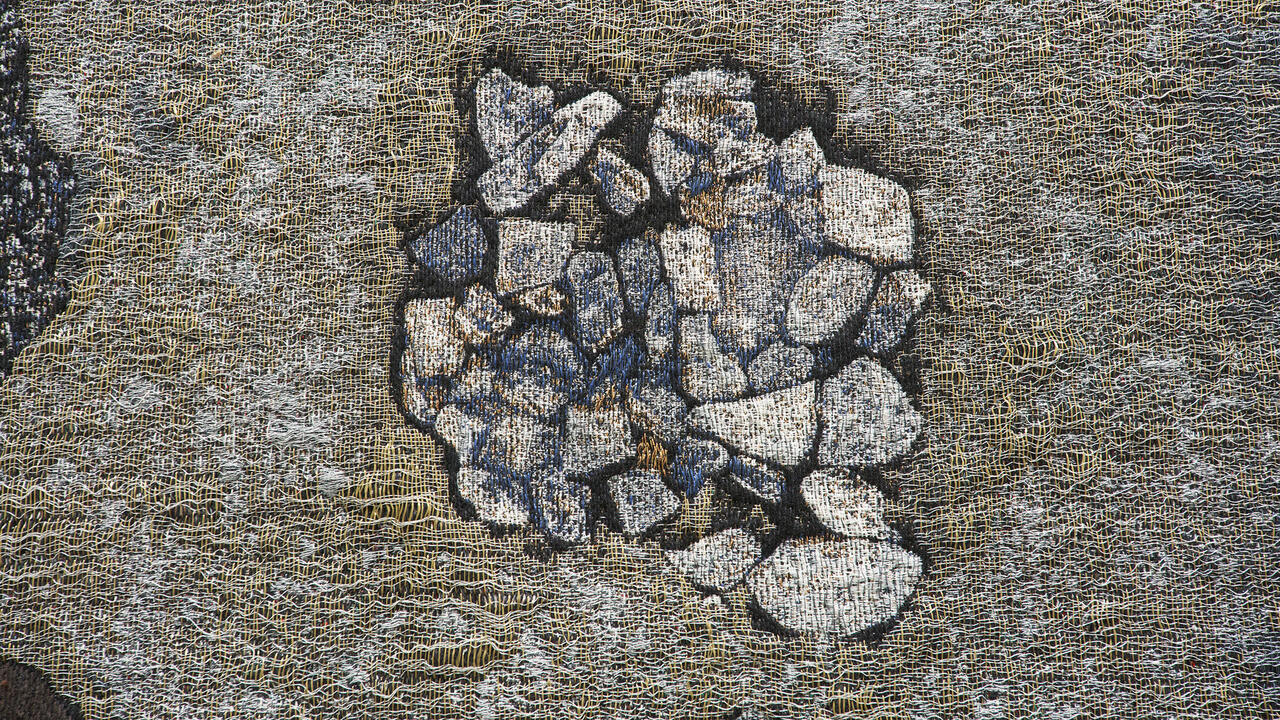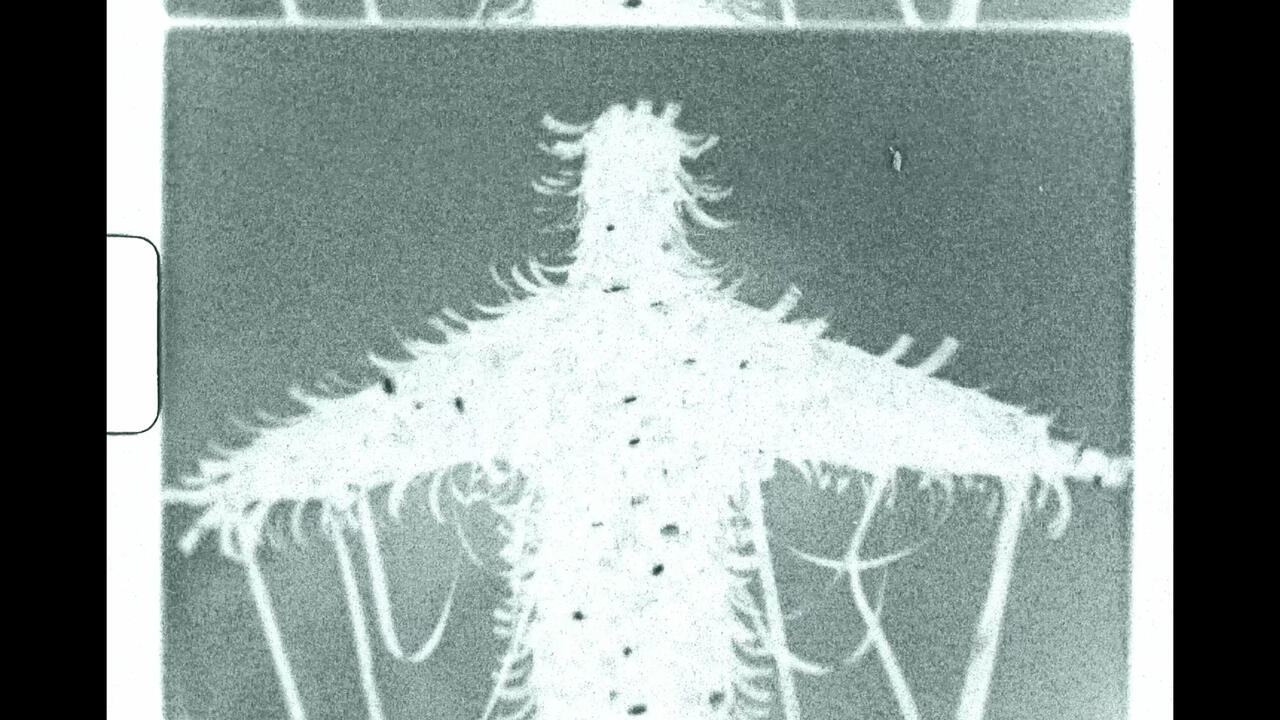Hu Yun Turns to the Unfinished Novel
At Rockbund Art Museum, Shanghai, the artist challenges views of history as clear, singular and conclusive
At Rockbund Art Museum, Shanghai, the artist challenges views of history as clear, singular and conclusive

An entire odyssey can be written on a single grain of rice. In Hu Yun’s The Unknown Clouds (2021–24), 376 of them sit in a small porcelain bowl, each inscribed with the formal name – deciphered to the best of the artist’s ability – of a Chinese indentured labourer whom he found listed in the gold rush-era records of the Golden Dragon Museum in Bendigo, Australia. This act of transcription, however, only underscores the ghostly presence of those names that have been lost – or were never recorded in the first place.
‘Mount Analogue’, the Shanghainese artist’s current survey at Rockbund Art Museum, takes its title from René Daumal’s 1952 novel Mount Analogue: A Novel of Symbolically Authentic Non-Euclidean Adventures in Mountain Climbing, which follows a group of hikers as they undertake an allegorical trek to a peak in a higher, spiritual realm that, in Daumal’s words, ‘cannot not exist’. The works in the exhibition tend to adopt one of two approaches. The first involves searching for gaps or omissions in knowledge – either from documents, as with The Unknown Clouds, or from scattered personal effects, as in Lift with Care (2013), for which the artist filled a suitcase once belonging to his grandfather with old family photographs and objects representing the origins of communism, including a handmade map by British naturalist Arthur de Carle Sowerby. The second approach, whereby ‘official histories’ are pared back to allow other bodies of wisdom to materialize, leads the artist to his own allegorical Mount Analogue.

Hu effects such redactions both in individual works as well as through the exhibition space itself. The contemporary art centre is housed in a 1930s building that was originally designed for China’s natural history museum, the Royal Asiatic Society; the organization has colonial roots, having been established by a group of British and American scholars and explorers. Attuning gallerygoers to the contingency of historical perspectives from the outset, the artist has opted to redeploy the museum’s original doors – located on the opposite side of the building from the current entrance – as the means of accessing the exhibition. Inside, the site-specific installation The Hollow-Men (2024) is a set of soaring black mesh tarps that extend from the top floor ceiling down past the balcony and onto the exhibition’s lower level. By covering the Royal Asiatic Society’s original specimen cabinets, Hu asks us to look beyond the highly ordered classifications of artefacts and to question what other forms of chronicling nature might have to offer instead.

The artist’s strategic use of redaction and opacity continues in his treatment of found objects. In Debris (2024), he pairs a neat row of wall-mounted, black metal objects – space trash that fell in Northwestern China – with newspaper clippings and terrariums, which likewise have been painted black. By divesting these objects of colour and returning them to the strictly formal qualities of letters and shapes, Hu obliquely suggests that the material traces of history can constitute a text. In the story of Debris, he connects the containment and display of creatures in a terrarium – a practice that gels with a natural-history museum’s classificatory modus operandi – with space exploration, in which the desire for new knowledge is often entangled with an urge to expand or colonize. While many of the works in the show feel superficially – even obtusely – inaccessible, such obfuscations productively challenge the notion of history as clear, objective, singular and conclusive, instead characterizing it as something unfinished. Daumal died before completing the exhibition’s titular novel; Mount Analogue ends mid-sentence.
'Hu Yun: Mount Analogue' is on view at Rockbund Art Museum, Shanghai until 25 August.
Main image: ‘Hu Yun: Mount Analogue’, 2024, exhibition view. Courtesy: © Rockbund Art Museum; photograph: Yan Tao






















